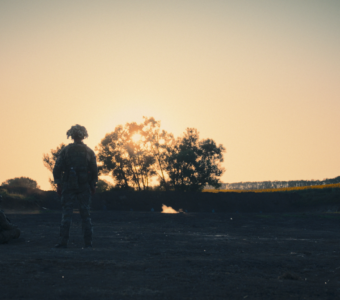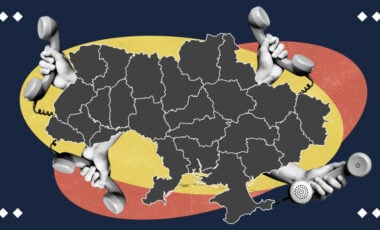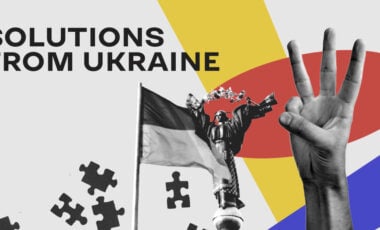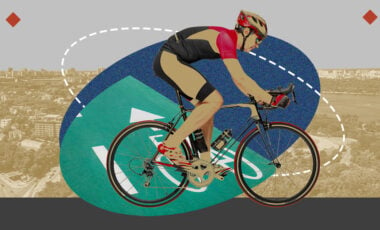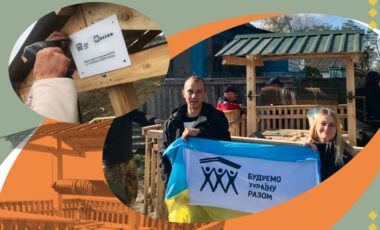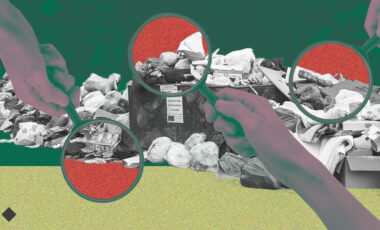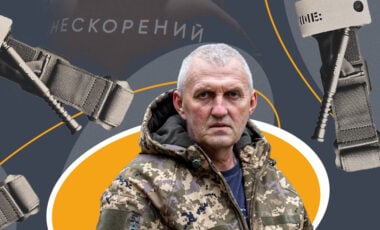Russia is holding 950 Ukrainian civilians captive
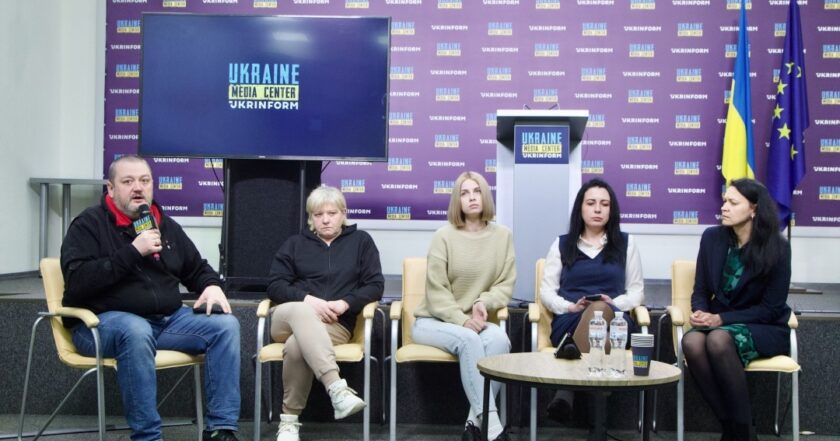
Photo: Ukrinform
The public organizations determined 100 locations in the temporarily occupied territory of Ukraine and in the Russian Federation, where Russian is holding about 1,000 Ukrainian civilians captive.
Representatives of the Media Initiative for Human Rights (MIHR) and the NGO Civilians in Captivity announced this during the presentation of a map that documents the detention of civilians and prisoners of war held at the Ukraine-Ukrinform Media Center.
Experts specified that they had worked on the map for a year. It shows 100 places of detention of civilians and military spanning from the Donetsk region and Kherson region to Russia's Irkutsk region. Also, experts localized prisons in the de-occupied territory of the Kyiv region and Sumy region.
"According to the Ministry of Reintegration, as of the end of February, 950 civilians are in detention facilities," said MIHR coordinator Tetiana Katrychenko. "Our list, which we maintain in parallel with the support of the NGO Civilians in Captivity, has approximately the same number of people. To what extent the lists coincide, we cannot say, as the state information is classified."
Experts monitored social media and sites websites that identify people who disappeared during the occupation to find missing Ukrainian civilians. At the same time, specialists interviewed persons released from captivity. According to the MIHR, 948 civilian hostages have been identified in temporarily occupied territory and Russia.
According to Katrychenko, new prisons are discovered almost every day. Their total number can be several hundred, and hostages can amount to up to 15,000.
"A large territory of Ukraine is still occupied. Detentions occur every day, and we discover new places of confinement, so we can't say the current map is a complete picture of places of detention," she stressed. "However, the most important thing is that we were able to talk to witnesses from all these places and collect and document these testimonies for the law enforcement officers."
The head of the MIHR's documentation department, Anastasia Pantelieieva, noted that police stations, administrative buildings, basements, and recreation centers are usually places of detention and torture in the occupied territories.
For example, in the Arabat Spit area (Kherson region), each of the buildings of the recreation center holds from 4 to 10 people. At the same time, part of the people from the occupied left Dnieper bank of the Kherson region was transferred to two pre-trial detention centers in Simferopol, occupied Crimea.
"MIHR identified 70 Ukrainians who are being held in the SIZO-2 jail. Our colleagues said on the eve of the New Year that there were 110 Ukrainians there, but the building itself is designed for a larger number of people. People from the occupied left bank of the Kherson region may be transported there," she said.
According to her, anyone who arouses "suspicion" among Russians can get into such places, particularly during an attempt to evacuate.
Reference
The Media Initiative for Human Rights (MIHR) is a Ukrainian non-governmental organization. It was launched in September 2016 by journalists Maria Tomak and Olha Reshetilova. The organization monitors and documents human rights violations connected to Russian armed aggression, highlights and investigates individual cases, and analyzes collected data and advocacy activities.
In total, Ukraine returned 2,105 of its citizens from Russian captivity.





